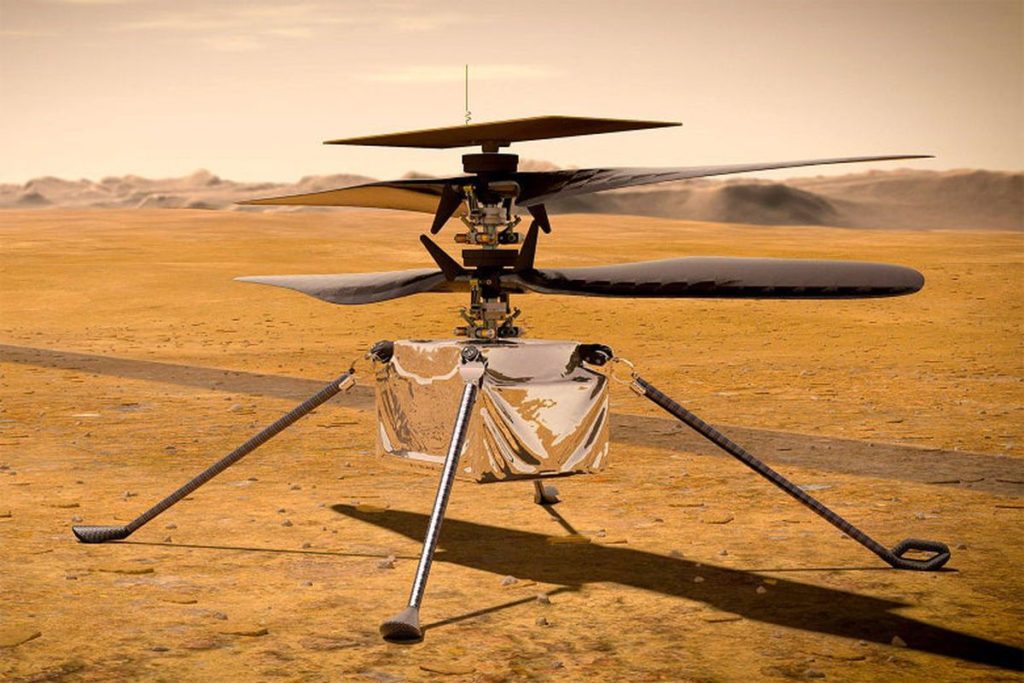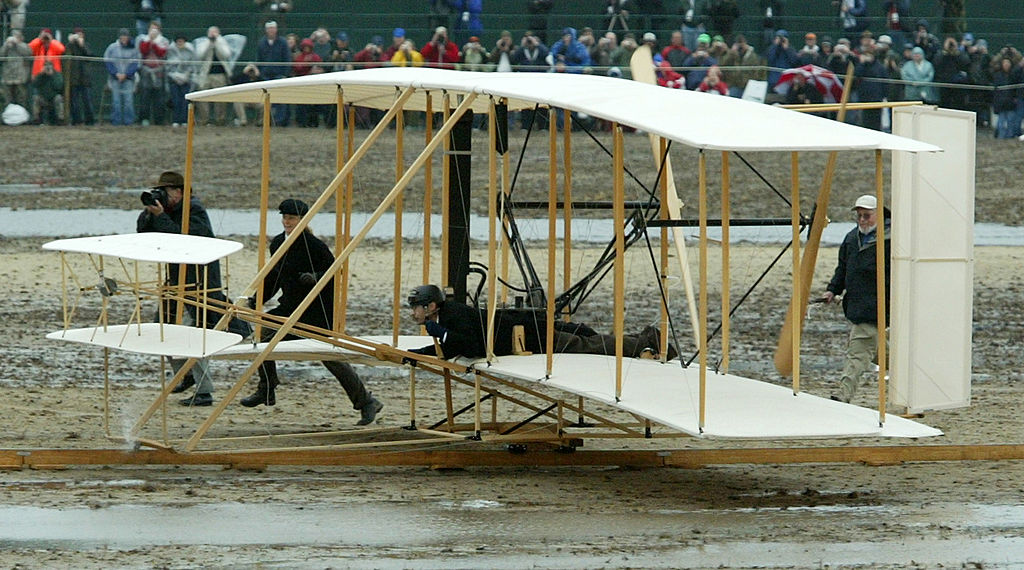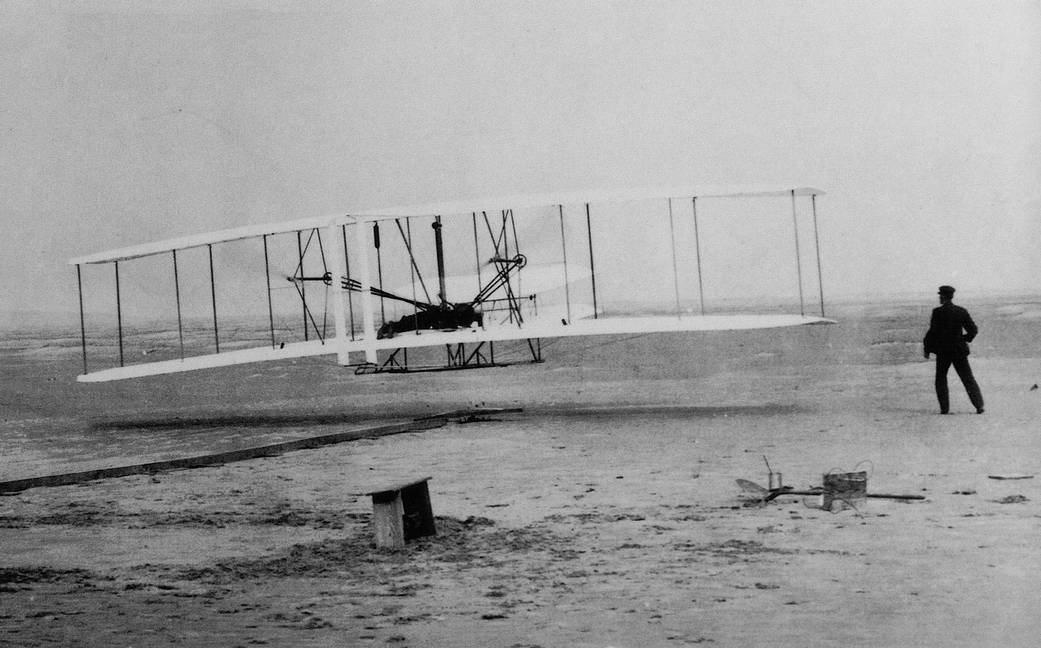NASA’s experimental Martian helicopter contains a small swatch of fabric from the 1903 Wright brothers first plane. The helicopter, named Ingenuity, was brought to the red planet with the Perseverance rover, which arrived on Mars last month.

The following witten content from Tiziana Celine
Ingenuity chief engineer Bob Balaram unveiled the surprise box, which he described as a postage stamp’s size, during a NASA briefing on Tuesday per CNet’s report.
The unbleached muslin from a wing covering ties the first powered, controlled flight on Earth to what NASA believes would be the first powered, controlled flight on another planet.
But first, members of the mission team must complete several complex tasks to prepare for the historic flight. Jet Propulsion Laboratory officials found a suitable location for the helicopter’s technology demonstration flight.
Piece of a 1903 Wright Airplane on Mars? How Is It Possible?
According to the Washington Post, NASA received Carillon Historical Park’s donation containing a postage-stamp-size fragment of muslin from the plane’s lower left wing. The plane can be seen at the Smithsonian Institution’s National Air and Space Museum in Washington.

Park curator Steve Lucht mentioned the Wright brothers’ great-grandniece and great-grandnephew gave a go signal to bring the sample, which completed the 300 million-mile trip to Mars, again to the Red Planet.
Neil Armstrong, commander of Apollo 11, brought another piece of Wright Flyer made of wood and silk to the moon in 1969. A swatch also joined John Glenn into space on the Space Shuttle Discovery in 1998. Both astronauts hail from the state of Ohio.
Orville Wright went aboard for the world’s first powered, controlled flight on December 17, 1903, at Kitty Hawk, North Carolina. Orville and his brother, Wilbur, took turns flying that day, each taking four flights.
Pre-flight Inspection on Mars
Although Ingenuity could take off as soon as April 8, the Perseverance rover must first bring it to its Martian airfield site. Before attempting to take off and hover 10 feet (3 meters) above the planet’s atmosphere, it will go through a battery of tests.
When Ingenuity is completely unfolded and placed on the deck, the rover will cautiously walk away to ensure that the rotorcraft’s solar panel can charge its battery to keep it warm during the night.
“While getting deployed to the surface will be a big challenge, surviving that first night on Mars alone, without the rover protecting it and keeping it powered, will be an even bigger one,” said Balaram.
The rover will set up a camp at a lookout point in the hopes of photographing and recording Ingenuity’s first flight.
NASA will pursue longer and higher flights if the initial hovering exercise goes well. The entire flight zone is about 300 feet long (90 meters), giving Ingenuity plenty of space to spread its blades if necessary.
The 4-pound (1.8-kilogram) helicopter is an experiment to see whether this kind of flight is still feasible on Mars. The thin atmosphere and blustery winds on the earth make it difficult for Ingenuity to work. Read more from Science Times





